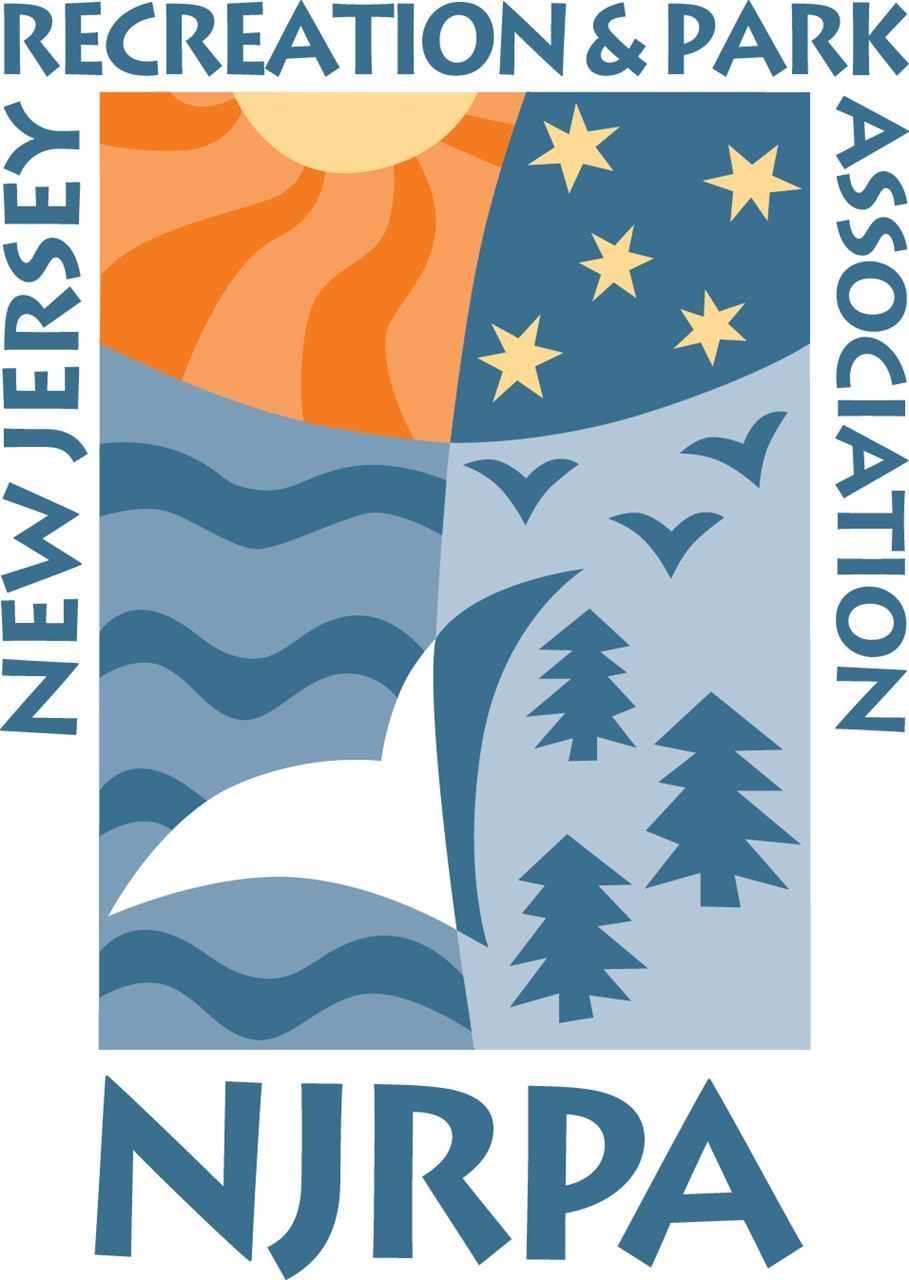ANDREW S. LEWIS | JULY 19, 2021 | ENERGY & ENVIRONMENT, WATER
Now designated a national recreation area, the Water Gap attracts about as many people as Yellowstone. Advocates say park status would be a boost
Credit: (joiseyshowaa via Creative Commons; CC BY-SA 2.0)
Late afternoon at the Delaware Water Gap
Last month, the Pennsylvania chapter of the Sierra Club announced that it, along with the New Jersey chapter, was reviving an effort to have the Delaware Water Gap National Recreation Area upgraded to full national park status.
Not a single national park sits within New Jersey, Pennsylvania or New York, and yet the three states are home to some 40 million Americans — nearly 13% of the U.S. population. Additionally, over 60 million people live within a three-hour drive of the Delaware Water Gap region.
There are many national park “units” in the tri-state region, but they fall into other classifications and management schemes. Delaware Water Gap, as well as Gateway, are “national recreation areas,” because they were established beside bodies of water, where activities like swimming, boating and fishing can be done. The Pinelands is a “national reserve,” meaning it was created to protect certain resources and is managed jointly between local, state, federal, and private authorities. The country’s 63 “national parks,” on the other hand, are run by the National Park Service and encompass large land areas that offer many recreational opportunities in addition to the preservation of natural and cultural resources.
Given that the Water Gap is so close to some of the country’s largest urban and suburban centers, it is no surprise that the recreation area already attracts nearly as many visitors as two of America’s most prized national parks, Yellowstone and Yosemite. In 2020 alone, the recreation area had 4.1 million visits, making it 10th in the country.
“We have this beautiful park that’s within an hour-and-a-half drive of New York City and two hours of Philadelphia,” said John Kashwick, vice chair of Sierra Club New Jersey. “This would be an ideal location.”
Second time around
This isn’t the first time Kashwick and the Sierra Club’s New Jersey and Pennsylvania chapters have set out to petition Congress to elevate the recreation area to national park status.
A decade ago, the Sierra Club received grant funding to conduct a study to determine if national park status was feasible. But, Kashwick said, the idea was ultimately scrapped, largely due to concerns from the hunting community, whose access to the recreation area would be eliminated since federal law prohibits hunting in national parks.
“There was a lot of pushback locally,” Kashwick said. “So we kind of dropped it at that point.”
This time around, however, the New Jersey and Pennsylvania chapters are looking to the U.S.’s newest national park, New River Gorge, in West Virginia, as a template for success. There, hunting was also a concern, so an area of the park was carved out and designated a national preserve, which permits hunting.
“We could do the same type of model,” Kashwick said, pointing out that several national parks across the country are similarly partitioned to accommodate hunters.
Gap facts
Spanning 70,000 acres and straddling a 40-mile stretch of the Delaware River, from northeastern Pennsylvania across to the western edge of the Kittatinny Mountains in Warren and Sussex counties and nearly to the New Jersey–New York border, the area has been a destination for people in the region for over a century.
In an attempt to build the Tocks Island Dam in the 1960s, homes and structures within the present-day recreation area were acquired by the Army Corps of Engineers through eminent domain — a maneuver that sparked years of fierce opposition from displaced residents and environmental groups. Ultimately, the federal government abandoned the dam project in 1978 and the land was transferred to the National Park Service.
While there’s no minimum size requirement for obtaining national park status, the recreation area did not fit the national park ethos of the time. Such stature was reserved for the vast, undeveloped swaths of wilderness in the West, where land remained largely in the hands of the federal government and therefore was easier to acquire.
In New Jersey and Pennsylvania, the land had long been divvied up by private ownership, making parks small and expansion much more difficult.
National parks, the ‘easy way’
“The easy way of doing a park is you take an existing national forest or Bureau of Land Management parcel and Congress designates it as a national park,” said Kashwick. “When you actually have to pay for the land, the process becomes much more expensive, and politicians are not as likely to get onboard.”
But today, the calculus for what constitutes a worthy national park is changing.
Development in New Jersey, and the Northeast generally, continues to press against the region’s remaining wild spaces. At the same time, climate change is impacting nature and humans in ways unimaginable a few decades ago.
“This is an opportunity for us to recognize that we have a valuable resource right here in the region,” said John Donahue, who was the superintendent of the recreation area between 2003 and 2017. “The recreation area and contiguous preserved lands offer a significant carbon sink, as well as form a critical corridor for species and ecosystems that are being forced to migrate by climate change.”
Donahue, who is helping to lead the renewed effort to elevate the recreation area to national park status, said redesignation begins with getting the public’s support, then the politicians’. Pennsylvania’s Department of Conservation and Natural Resources secretary, Cindy Adams Dunn, has already expressed support for the effort, Donahue said, “and we’d love to see [New Jersey Department of Environmental Protection Commissioner] Shawn LaTourette get onboard.”
From there, a formal study that includes the National Park Service, along with stakeholders like the Sierra Club and local community organizations, must be drafted. Congressional authorization is the final step.
Obtaining national park status, Donahue continued, would have a big impact on the recreation area’s extensive infrastructure system. Nationwide, just eight “units” account for 60% of all the infrastructure in the entire National Park Service system — the Water Gap National Recreation Area is one of them.
Miles and miles and miles
Donahue estimates there are a “couple hundred” miles of roads and trails in the recreation area. National parks can receive funding for infrastructure upgrades and improvements through the federal “surface transportation reauthorization” — or “highway” — bill.
National parks also garner more investment simply because they’re more popular with the public.
“You hear people say they want to visit every national park,” Donahue said. “You don’t hear people say they want to visit every recreation area.”
Beyond the benefits for nature and local tourism, Kashwick said that awarding the region national-park status is also a matter of environmental and social justice. With tens of millions of people living nearby, many of them in underserved and underrepresented urban areas, an outlet to nature as prestigious as a national park only seems fair and equitable.
“You can have a real national park experience,” he said, “without having to travel to Wyoming or Montana, California or Utah.”



